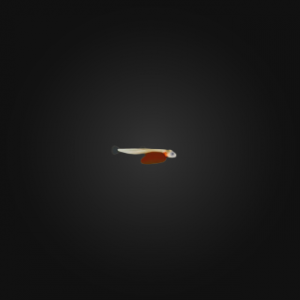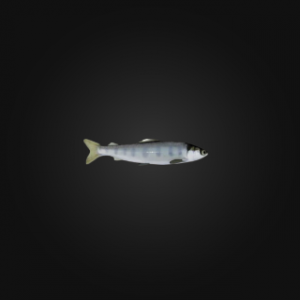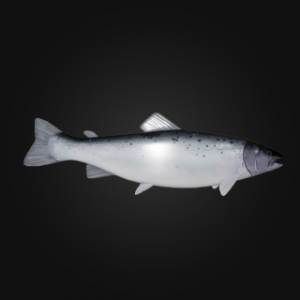
About the Aquaculture 101 Course
Aquaculture 101 is designed for learners of all types to learn about aquaculture as a sustainable practice and a job creating industry. Course topics include:
1. The History of Aquaculture.
2. The Science of Aquaculture.
3. Aquaculture Technology.
4. Sustainable Aquaculture.
5. Careers in Aquaculture.
What is Aquaculture?
Aquaculture 101 is designed for learners of all types to learn about aquaculture as a sustainable practice and a job creating industry. Course topics include:
1. The History of Aquaculture.
2. The Science of Aquaculture.
3. Aquaculture Technology.
4. Sustainable Aquaculture.
5. Careers in Aquaculture.

What is Aquaculture?
Aquaculture 101 is designed for learners of all types to learn about aquaculture as a sustainable practice and a job creating industry. Course topics include:
1. The History of Aquaculture.
2. The Science of Aquaculture.
3. Aquaculture Technology.
4. Sustainable Aquaculture.
5. Careers in Aquaculture.
Immerse Yourself in Aquaculture
Virtual Reality Experiences
Career Profiles

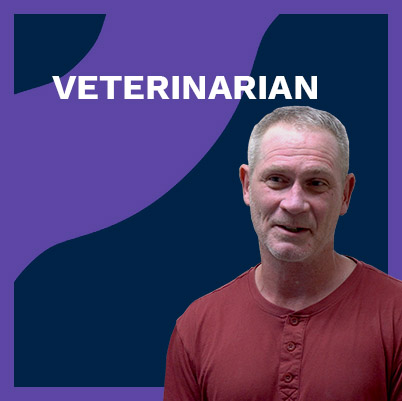


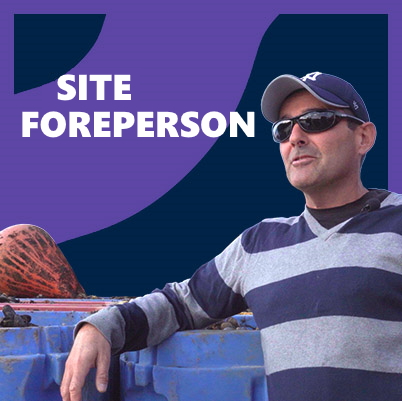
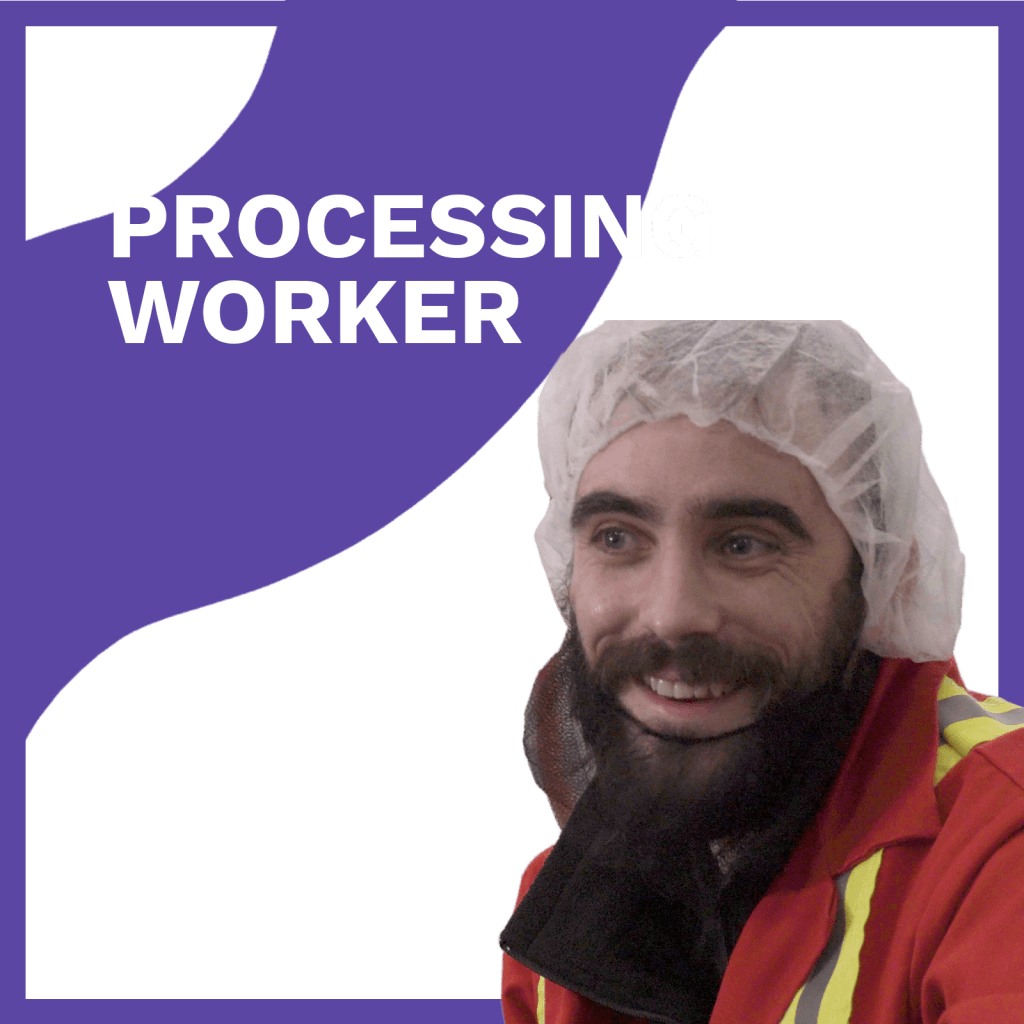
Site Foreperson is a popular choice for people with an intermediate level of work experience in the aquaculture industry, often developed through work as an Aquaculture Technician. The total number of positions needed in this field is lower than for technicians. This career path generally includes jobs on mussel and oyster farms. This highly technical job involves supervision of other members of the farm team as well as working directly with the cultured shellfish. The Site Foreperson leads the activities on site, including the setting of gear, maintenance of the farm and harvesting the oysters or mussels. It often involves maintaining and operating farm equipment such as boats, barges, forklifts and cranes. If you enjoy hands-on roles, like working as part of a team and working outside, you will probably enjoy this career.
Capture Fisheries and Aquaculture
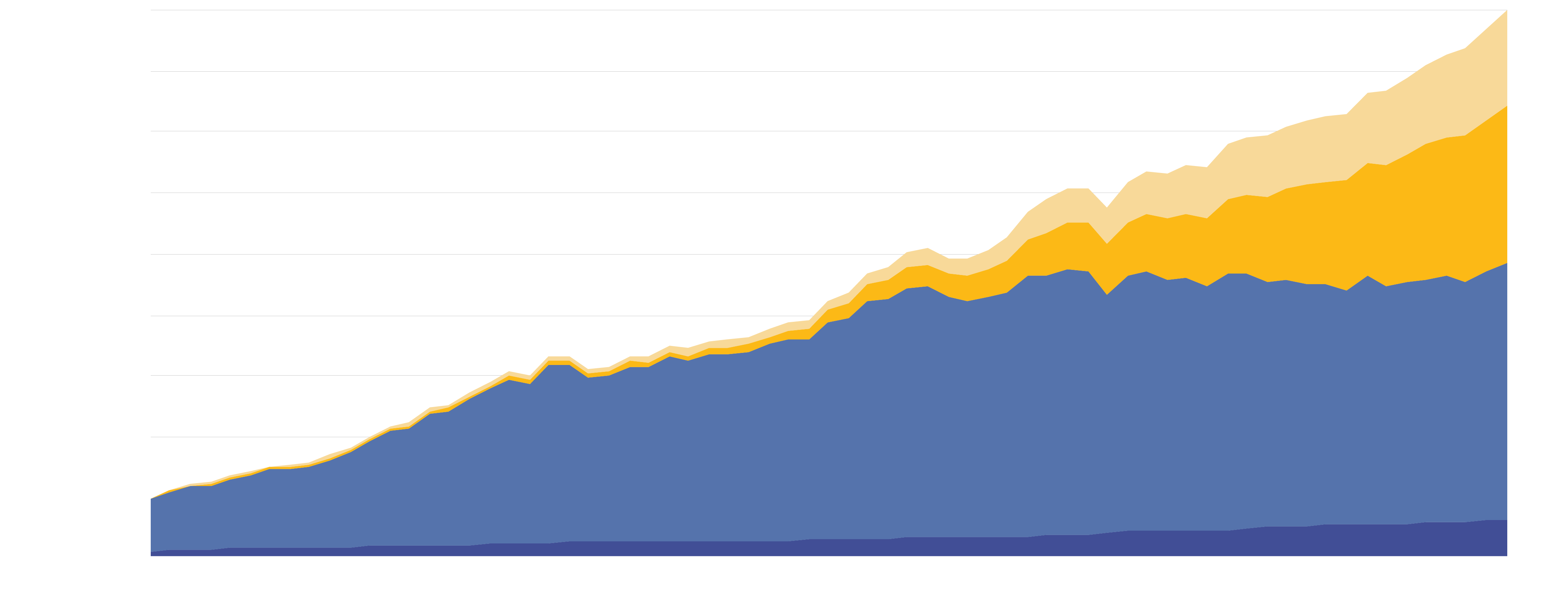
Capture fisheries - Inland waters
Capture fisheries - Marine waters
Aquaculture - Inland waters
Aquaculture - Marine waters
Information: Historical data, 1950–2016: FAO (2017b) and FAO (2018). Projections to 2050: Calculated at WRI; assumes 10 percent reduction in wild fish catch from 2010 levels by 2050, linear growth of aquaculture production of 2 Mt per year between 2010 and 2050.
Capture Fisheries and Aquaculture

Capture fisheries - Inland waters
Capture fisheries - Marine waters
Aquaculture - Inland waters
Aquaculture - Marine waters
Information: Historical data, 1950–2016: FAO (2017b) and FAO (2018). Projections to 2050: Calculated at WRI; assumes 10 percent reduction in wild fish catch from 2010 levels by 2050, linear growth of aquaculture production of 2 Mt per year between 2010 and 2050.
Sustainability
Carbon Footprint
%
0.6
%
0.31
%
0.9
%
1.3
%
5.9
Water Consumption
%
0.6
%
0.03
%
4300
%
6000
%
15.400
Feed Conversion
%
1.2 - 1.5
%
0
%
1.7 - 2
%
2.7 - 5
%
6 - 10
Global Production
%
3.4
%
0.2
%
114.3
%
120.9
%
67.4
Land Use
%
3.7
%
3.0
%
7.1
%
11
%
102
Edible Yield
%
68%
%
36%
%
46%
%
52%
%
41%
https://stud.epsilon.slu.se/14639/1/fro%CC%88sell_m_190624.pdf
http://www.fao.org/fishery/statistics/global-aquaculture-production/query/en
The Future of Food: The Rise of the Sea | Steve Gaines | TEDxSantaBarbara
The demand for food will grow dramatically by the middle of this century. How can we meet this demand with the lowest impact on the planet? Look to the sea. Steve Gaines is Dean of the Bren School of Environmental Science & Management at the University of California, Santa Barbara. He is a marine ecologist who seeks conservation solutions by linking innovations in ocean science to more effective marine policy and management. His science explores the design of marine reserve networks, climate change impacts on ocean ecosystems, sustainable fisheries management using market based reforms, and the role of aquaculture in meeting the future demand for food. In each of these science endeavors, he has been a strong promotor of more effective communication of ocean science to enhance its impact.
Aquaculture in Newfoundland
Select a marker on the map!
To learn more about aquaculture throughout the province, simply touch any of the red dots on the map to get started! White dots are locations that will have additional information coming soon – so be sure to check back!
Click the markers on the map!
The Lifecycle of Salmon
Healthy Food
Proteins
Proteins help heal injuries, improve bone health, and maintain muscle mass.
Recent studies recommend 20-30 grams of protein. A 3.5 ounce serving of salmon contains 22-25 grams.
OMEGA-3
Omega 3-s are an essential part of a diet because the body does not naturally make them.
Omega-3 fatty acids lower blood pressure, reduce inflammation, and decrease the risk of diseases.
A 2012 study showed that a daily consumption of 0.45 – 4.5 grams grants a significant improvement in arterial function.
MINERALS
Salmon contains potassium which helps control blood pressure and reduces the risk of stroke.
It’s also a source of selnium which helps protect bones, reduces the risk of cancer, decrease thyroid antibodies in people with an autoimmune thyroid disease.
VITAMINS
Salmon contains several B vitamins.
B vitamins are used for controlling inflammation, producing energy, and protecting brain and heart health.
Proteins
Mussels are low in fat and high in protein. 100 Grams of mussels provides almost 50% of your recommended daily protein.
OMEGA-3
Mussels have more Omega-3 fatty acids (EPA and DHA) than any other shellfish.
A 2012 study showed that a daily consumption of 0.45 – 4.5 grams grants a significant improvement in arterial function.
MINERALS
Selenium, an essential mineral helps support protein function. Eating 100 grams of mussels boosts your selenium intake by 89.6mg, more than the 55ug required daily.
VITAMINS
Mussels are high in B12 vitamins and provide a readily absorbed source of many other A, B and C vitamins.
Healthy Food
PROTEINS
Proteins help heal injuries, improve bone health, and maintain muscle mass.
Recent studies recommend 20-30 grams of protein. A 3.5 ounce serving of salmon contains 22-25 grams.
OMEGA-3
Omega 3-s are an essential part of a diet because the body does not naturally make them. Omega-3 fatty acids lower blood pressure, reduce inflammation, and decrease the risk of diseases. A 2012 study showed that a daily consumption of 0.45 – 4.5 grams grants a significant improvement in arterial function.
MINERALS
Salmon contains potassium which helps control blood pressure and reduces the risk of stroke.
It’s also a source of selnium which helps protect bones, reduces the risk of cancer, decrease thyroid antibodies in people with an autoimmune thyroid disease.
VITAMINS
Salmon contains several B vitamins.
B vitamins are used for controlling inflammation, producing energy, and protecting brain and heart health.
PROTEINS
Mussels are low in fat and high in protein. 100 Grams of mussels provides almost 50% of your recommended daily protein.
OMEGA-3
Mussels have more Omega-3 fatty acids (EPA and DHA) than any other shellfish.
MINERALS
Selenium, an essential mineral helps support protein function. Eating 100 grams of mussels boosts your selenium intake by 89.6mg, more than the 55ug required daily.
VITAMINS
Mussels are high in B12 vitamins and provide a readily absorbed source of many other A, B and C vitamins.
Take the Online Course
Aquaculture 101 is designed for learners of all types to learn about aquaculture as a sustainable practice and a job creating industry. Course topics include:
1. The History of Aquaculture.
2. The Science of Aquaculture.
3. Aquaculture Technology.
4. Sustainable Aquaculture.
5. Careers in Aquaculture.
Take the Online Course
Aquaculture 101 is designed for learners of all types to learn about aquaculture as a sustainable practice and a job creating industry. Course topics include:
1. The History of Aquaculture.
2. The Science of Aquaculture.
3. Aquaculture Technology.
4. Sustainable Aquaculture.
5. Careers in Aquaculture.
Take the Online Course
Aquaculture 101 is designed for learners of all types to learn about aquaculture as a sustainable practice and a job creating industry. Course topics include:
1. The History of Aquaculture
2. The Science of Aquaculture.
3. Aquaculture Technology.
4. Sustainable Aquaculture.
5. Careers in Aquaculture.




